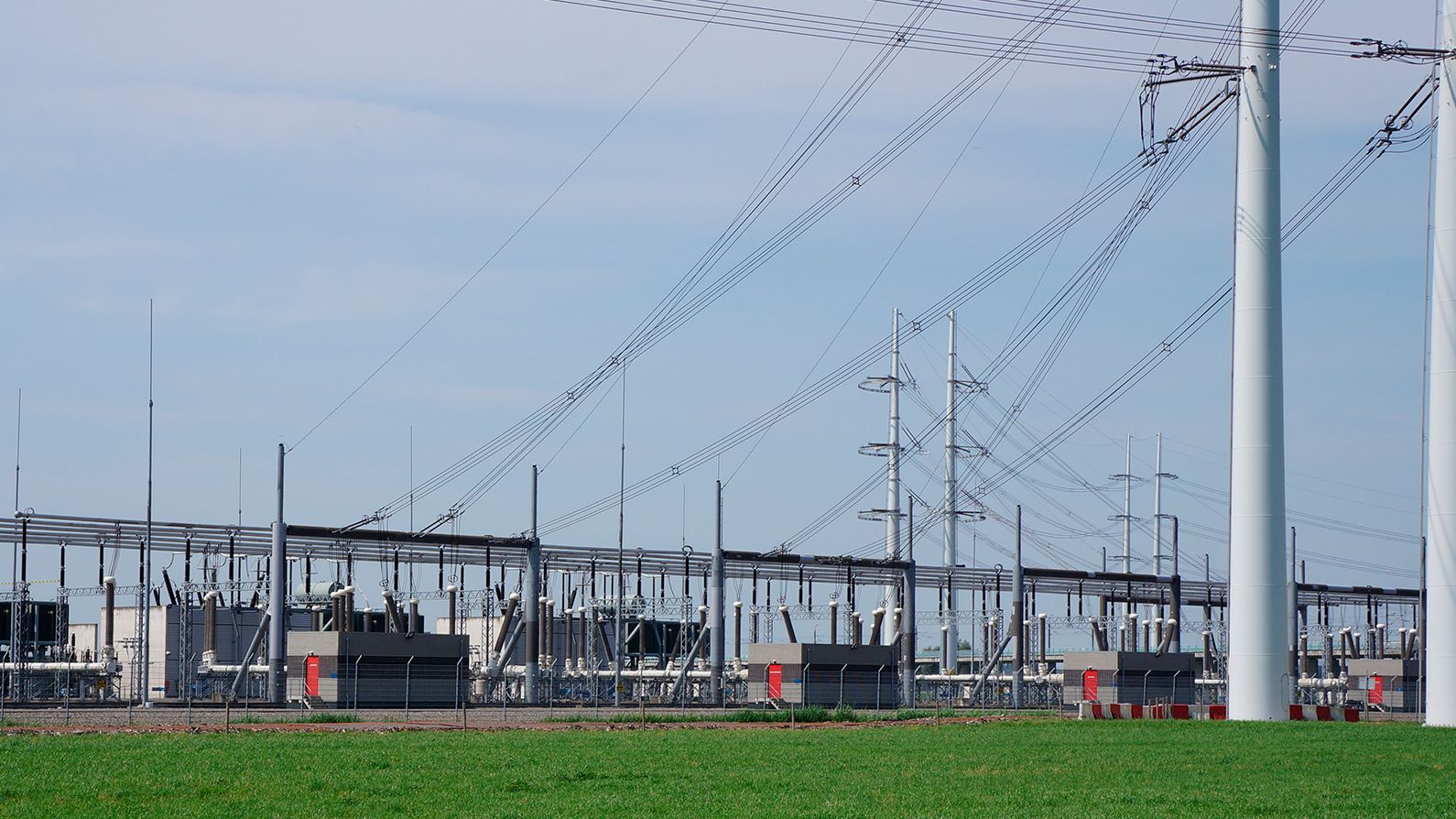- Markets
- Catalogue
- Services
- Tools & Resources
- Downloads
- Company
- Newsroom
-
Nexans Insights
- Nexans Insights
-
Blog Posts
- Overview
- Growing demand for copper and its future
- Electromobility: the road to building an increasingly sustainable transport system
- Guide to Prevent Fires and Accidents at Home (only in Spanish)
- Ten technologies to electrify the future: Electrical and Fire Safety
- Big data & AI
- IoT
- Unveiling innovations transforming the industry
- Transforming buildings industry with 3D printing and modular construction
- The path to effective fire safety in buildings
- Powering the digital change
- Unleashing the power of DC buildings
- Sustainable buildings for a brighter future
- Industry 1, 2, 3, 4... and 5.0
- Nexans copper odyssey
- Limitations of aluminium as an electrical conductor in residential installations
- Find Distributors
- Search
- Contact us
- Compare
- Sign in
Network Challenges
Market drivers and challenges

GRID EFFICIENCY
To respond to growing demand and provide uninterrupted power to customers, networks need to accommodate energy from any source, including minigrids, photovoltaic rooftop arrays, fuel cells, or windparks.
Centralized generation and control need to give way to distributed generation and intelligence so that power can be exchanged on the open commodity market.
POWER RELIABILITY
You must be certain that electricity is delivered reliably, meaning no cuts, breakdowns, cascading failures or blackouts, and without frequency variations or quality fluctuations.
- You want to reduce equipment failure and decrease the quantity and duration of faults and outages. Safety implies quickly spotting overheating to prevent lines from sagging onto trees, or freezing rain which can lead to ice accretion and power failure.
- You need to discourage energy theft, a major threat to infrastructure, service and profitability.
- You want to fully control substation operations and assure the integrity of your client lists and the security of data.
ENVIRONMENTAL RESPONSIBILITY
Because your customers are environmentally sensitive, you need to reassure them that buried and overhead lines are safe, and generate minimum losses and CO2, with low Electro-magnetic Interference (EMI).
- Your network should allow interaction with electric vehicles, clean energy generation, and user-friendly consumption for customers.
- When networks are upgraded, obsolescent cables must be removed with no damage to urban areas or natural habitats, and materials recycled safely and efficiently.
Our websites
Select your country to find our products and solutions
-
Africa
- Africa
- Ghana
- Ivory Coast
- Morocco
- North West Africa
- Americas
- Asia
- Europe
- Oceania